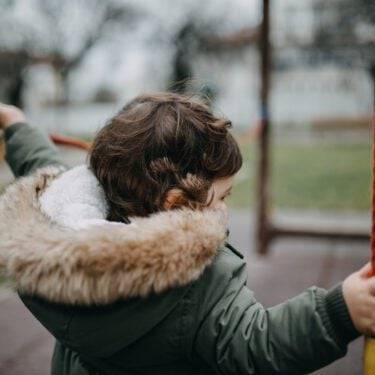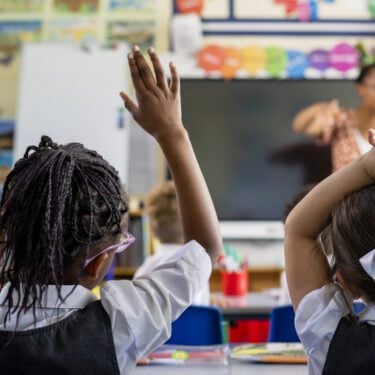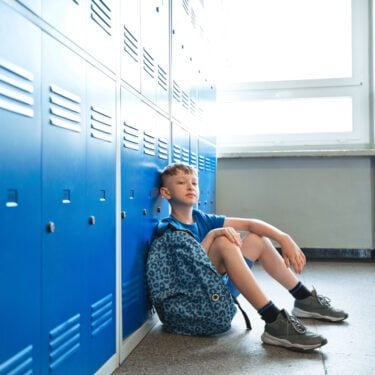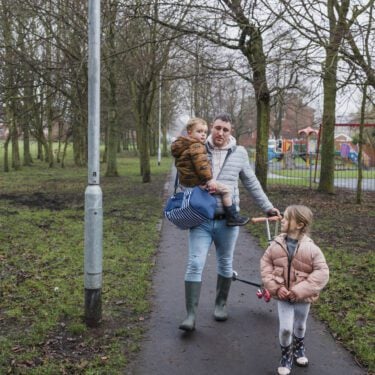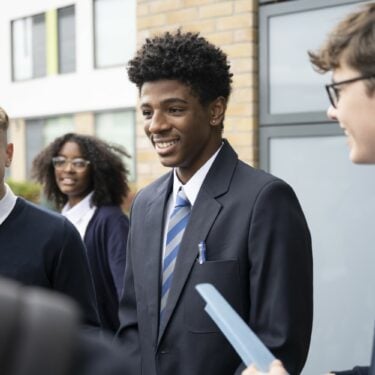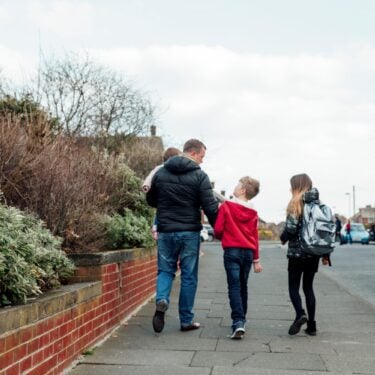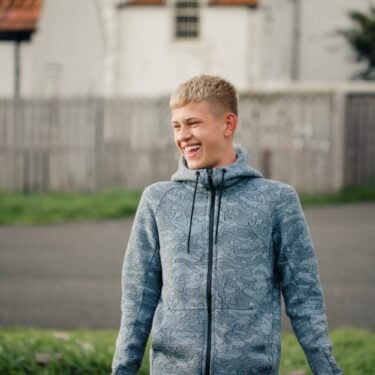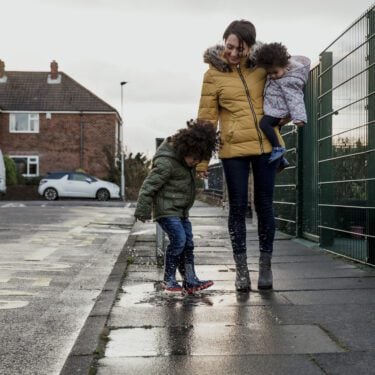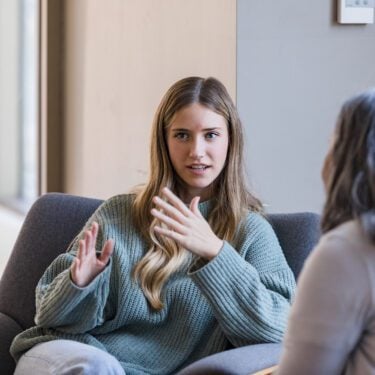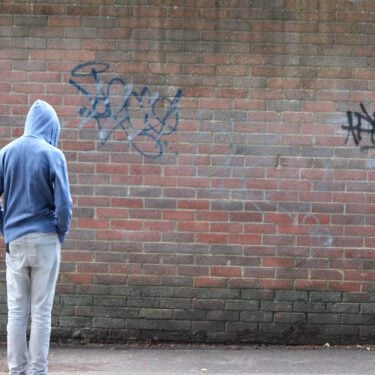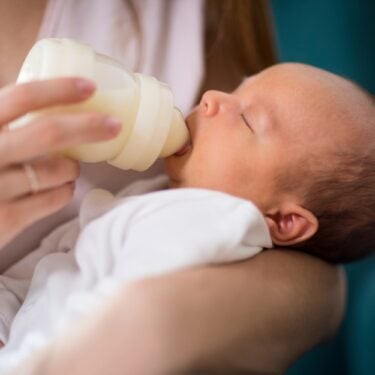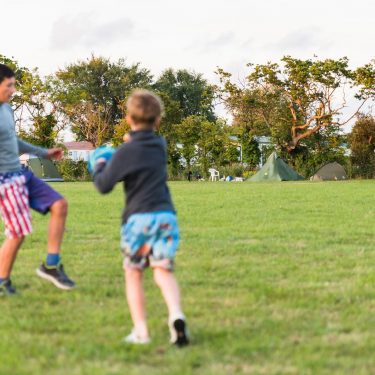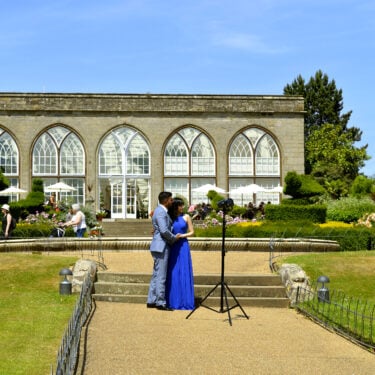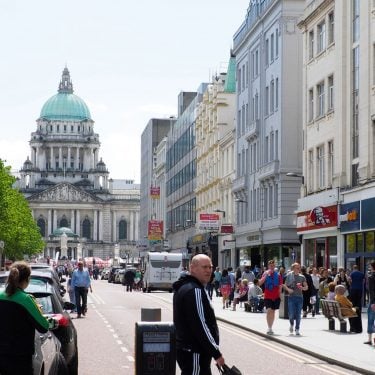-
Dr Vicky KempUniversity of Nottingham
-
Dr Nicola CarrUniversity of Nottingham
-
Professor Stephen FarrallUniversity of Nottingham
-
Hope KentUniversity of Exeter
Project overview
This project will examine the impact of the Police and Criminal Evidence Act 1984 (PACE) on the detention and questioning of young suspects.
PACE sets out the powers of the police and aims to balance these with the rights and freedoms of the public, dictating how suspects should be safeguarded. However, aside from the requirement for an ‘Appropriate Adult’ in cases involving under-18s, there are no other concessions for a suspect’s age. Children are dealt with in the same way as adults, and police and lawyers do not need specific training to work with children. Previous research has found that children are more likely than adults to confess and confess falsely; 10 to 13-year-olds are the least likely of all age groups to have a lawyer. Little is currently known about how children are dealt with in the police environment, and to what extent experiences in police custody affect case outcomes and offending behaviour. This study will investigate the efficacy of PACE in protecting the rights and freedoms of children and will examine the process from a child’s perspective. It will create recommendations for change and toolkits to facilitate a more child-centred Youth Justice System.
A mixed methods approach is to be adopted:
Quantitative methods – the researchers will analyse two sub-sets of anonymised custody record data to investigate variations between forces and custody suites in the average time young suspects were held in custody and how many requested legal advice. Detention practice and case outcomes will also be analysed by individual characteristics including age, sex and race. The data will be collected electronically at a national level, with a request having been made to all forces to provide data (for March and September 2019, 2020 and 2021). In two police forces, further details will be extracted manually from a sub-sample of 500 custody records so that ‘hidden’ or ‘lost’ child suspect data can also be analysed (250 in each area).
Qualitative methods – to undertake case studies of 24 young suspects in two police force areas. The case study approach will include:
- Observing young suspects as they are brought into police custody, given their rights, processed and detained.
- If appropriate, the suspect will be asked to participate in a brief research interview covering their welfare, experiences of detention, and understanding of their situation.
- After police questioning, the young suspect, police interviewers, Appropriate Adult and, if involved, the lawyer will be interviewed for their perspectives on the young person’s understanding and experience of the process, and the extent to which their rights and welfare were protected.
- Analyse audio-video recordings of police interviews.
- If the suspect is called back for a subsequent police interview, the process will be repeated.
- At the conclusion of the case, the young suspects will be interviewed again to capture reflections on the arrest, detention and questioning process to see how this influenced their subsequent decisions and interactions with the justice system.
The researchers will investigate variations (both police and non-police related) between forces and custody suites in the treatment and outcome of young suspects when carrying out observations in custody. Towards the close of the project, interviews will be conducted with key stakeholders to capture their reactions to the findings and their thoughts on policy and legal reform, practitioner support and further research. The research will contribute to a robust evidence base on custody practices and problems in the custody environment, from the eyes of both professionals and the children detained. It will create recommendations for long-term policy reforms for children dealt with in custody suites and those taken to court. The findings will be used to produce practical tools to improve practice and training immediately, and the findings will also provide a benchmark from which change can be measured.








